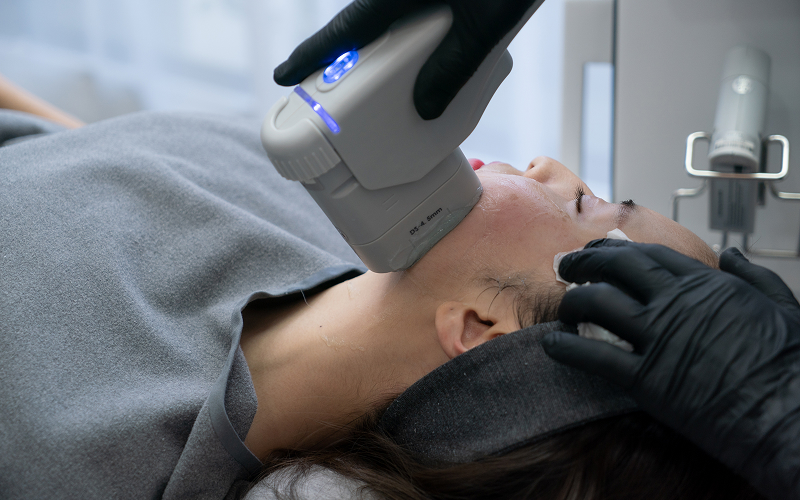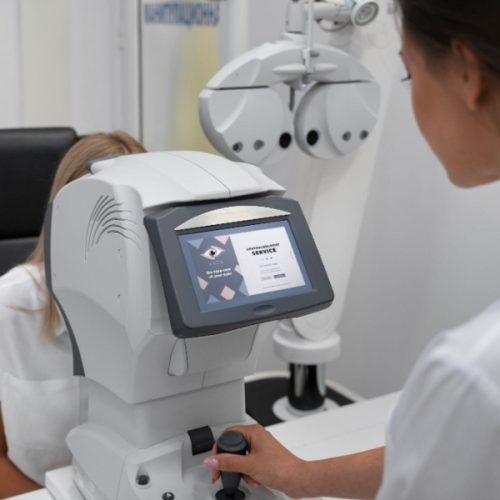Acne scarring is a common concern that requires structured treatment approaches rather than general skincare routines. Among the options available, chemical peels, laser treatments, and medical facials are the most widely used procedures. Each method works differently, with varying levels of intensity, recovery time, and effectiveness. Comparing these treatments is necessary before visiting laser clinics in Singapore or other specialised providers.
Chemical Peels for Acne Scar Removal
Chemical peels involve applying a chemical solution that removes the outer layers of the skin. The process stimulates new cell turnover and can smoothen uneven texture caused by scars. There are different peel strengths: superficial, medium, and deep. Superficial peels may help mild scarring, while deeper peels can target more prominent irregularities.
The benefit of chemical peels lies in their ability to treat both acne scars and pigmentation in one session. However, their effectiveness for deep scars such as boxcar or ice-pick types is limited. Patients typically require multiple sessions for visible improvement. Side effects include temporary redness, peeling, and increased sensitivity to sunlight. Medical oversight is critical, as incorrect application or inappropriate strength selection can worsen scarring.
Laser Treatments for Acne Scar Removal
Laser procedures are often the most direct method for acne scar removal. Fractional and ablative lasers are commonly used at laser clinics. Fractional lasers create microscopic injuries in the skin, encouraging collagen production without fully removing the surface layer. Ablative lasers, such as CO₂ or erbium lasers, remove thin layers of skin and resurface the treated area more aggressively.
Laser treatments are effective for deeper and more stubborn scars, as they target the dermal layers where scar tissue is formed. They also improve overall skin tone and stimulate collagen remodelling. The main drawbacks are higher costs and longer downtime compared to chemical peels or facials. Redness and swelling can last for several days, and post-treatment care is strict to avoid complications such as infection or hyperpigmentation. Despite these factors, laser therapy remains a typical choice in modern scar management due to its exactness and depth of results.
Medical Facials for Acne Scar Removal
Medical facials differ from standard cosmetic facials since they incorporate medical-grade products and equipment. Treatments may include microdermabrasion, hydrafacial systems, or infusion of active ingredients designed to improve scar texture and skin healing. While less invasive than chemical peels or lasers, medical facials generally deliver subtle improvements over multiple sessions.
Medical facials are suitable for individuals with mild scarring or those seeking maintenance after more intensive procedures. They help enhance skin clarity, reduce surface roughness, and maintain hydration levels. However, they are not sufficient for severe acne scars. Their role is supportive rather than corrective, often recommended alongside peels or lasers as part of a comprehensive treatment plan. The advantage is minimal downtime, making them an accessible option for those with demanding schedules.
Choosing the Right Option
The choice between chemical peels, laser treatments, and medical facials depends on the type and severity of scars, skin type, budget, and tolerance for downtime. Superficial scarring may respond to chemical peels or facials, while deep scars often require the intensity of laser therapy. Consulting with professionals at laser clinicsor dermatology practices is essential, as a personalised plan ensures treatments are both safe and effective.
A staged approach is common. For example, a patient may undergo several sessions of fractional laser treatment for deep scars, supported by periodic medical facials to maintain results. Others may use chemical peels to improve texture before advancing to laser procedures. The key is professional assessment and structured treatment planning rather than relying on a single solution.
Conclusion
Acne scar management is not a one-size-fits-all process. Chemical peels offer a moderate approach for mild scarring, laser treatments provide intensive results for deeper scars, and medical facials play a supportive role in skin maintenance. Individuals considering acne scar removal should evaluate their scar severity and consult specialists at laser clinics for professional guidance. A combined approach often yields the most consistent outcome, balancing effectiveness with safety.
Contact Veritas Medical Aesthetics to explore acne scar removal options today.



